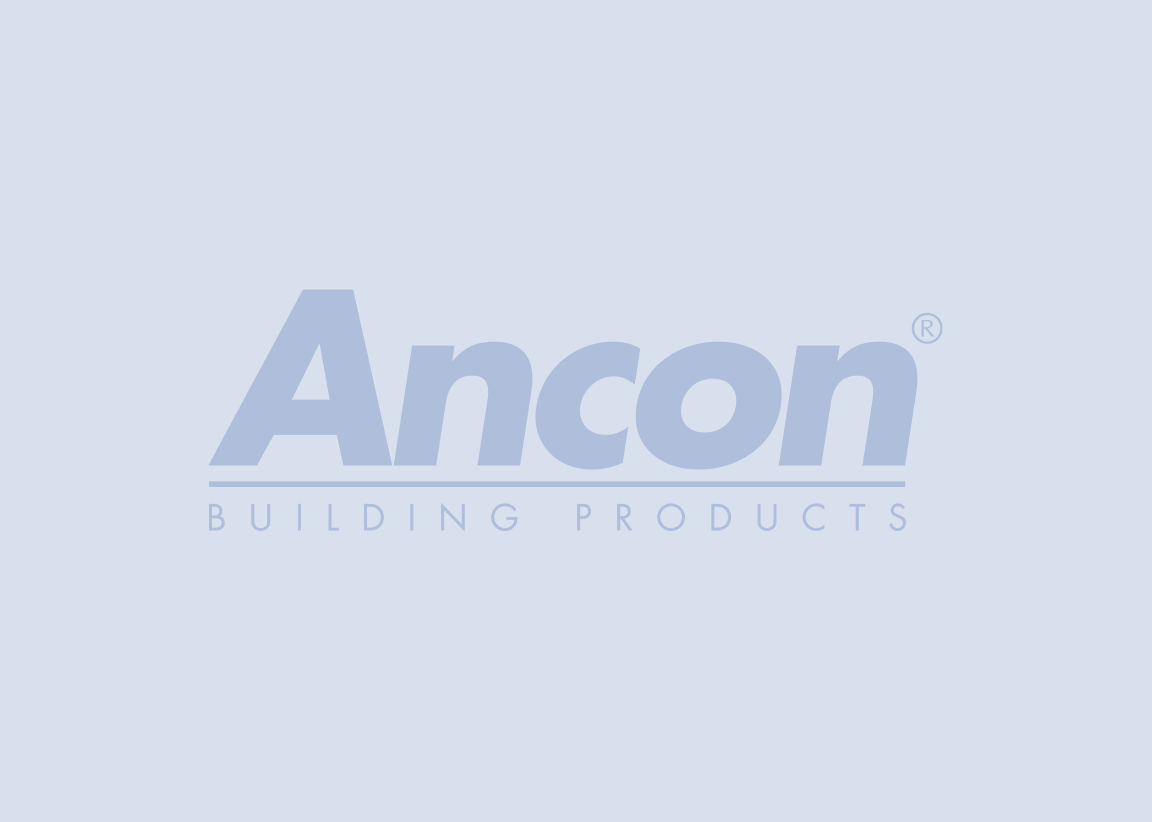Posts tagged with 'Ancon'
Lottie's adventures with Ancon
Ancon were pleased to take part in the Women's Engineering Society Tomorrow's Engineers Week in November. The week is dedicated to raising awareness of women working in STEM roles, showing girls how interesting these careers can be. Read more

How to specify timber frame wall ties
When tying a masonry outer leaf to a timber frame, in a UK town or city, wall ties should be specified to Types 5 to 7 in BS 5268-6.1: 1996. Read more

The Edinburgh schools report: A wall tie manufacturer’s perspective
Poorly installed wall ties led to the collapse of masonry at a primary school. Ancon considers the findings of the independent inquiry and advises on industry best practice Read more

What are low thermal conductivity wall ties?
Ancon Teplo wall ties comprise pultruded basalt fibres set in a resin matrix which offers a thermal conductivity of just 0.7W/mK. The thermal efficiency of this innovative material means these ties are excluded from U-value calculations to BS EN ISO 6946, minimising insulation thickness and wall footprint. Read more

Cavity Wall Tie Spacing and Appropriate Tie Lengths
This post discusses the most common problems associated with the incorrect use of cavity wall ties and how to overcome these. Read more

What is a wall tie?
Wall ties, sometimes called ‘brick ties’, are used in buildings with cavity walls. They are used to join the two leaves of a cavity wall together. Read more

Expansion and Contraction Joints in Concrete Construction
A discussion on how reinforced concrete must be designed and constructed to accommodate the inevitable movements that will take place. Read more

Architectural Trends in Brickwork
In urban landscapes sometimes dominated by steel and glass, beautifully formed, gravity-defying brick facades can really grab the attention and provide a refreshing, sometimes challenging, contrast to the architectural vernacular. Read more

Suspended brickwork: four ways to create attractive soffits
Deep reveals and soffits are an increasingly popular design feature that add an extra depth and dimension to masonry façades. Creating these effects can be key to the aesthetics of the building but can pose engineering problems. We uncover four ways to suspend brickwork in our latest article. Read more

Latest News
Leviat Introduces A1-Rated Non-combustible Insulation Retaining Clip for High-Rise Projects
Leviat, global leader in engineered construction solutions, has launched the Ancon A1-ST1 insulation retaining clip, a new non-combustible, A1-rated solution specifically designed to fit the Ancon ST1 heavy duty wall tie widely used in high-rise buildings.
Leviat Sponsors Concrete Society Awards 2025
Leviat is delighted to announce its continued sponsorship of the popular Concrete Society Awards for 2025, taking place on Wednesday 12th November, at London’s Royal Lancaster Hotel.

